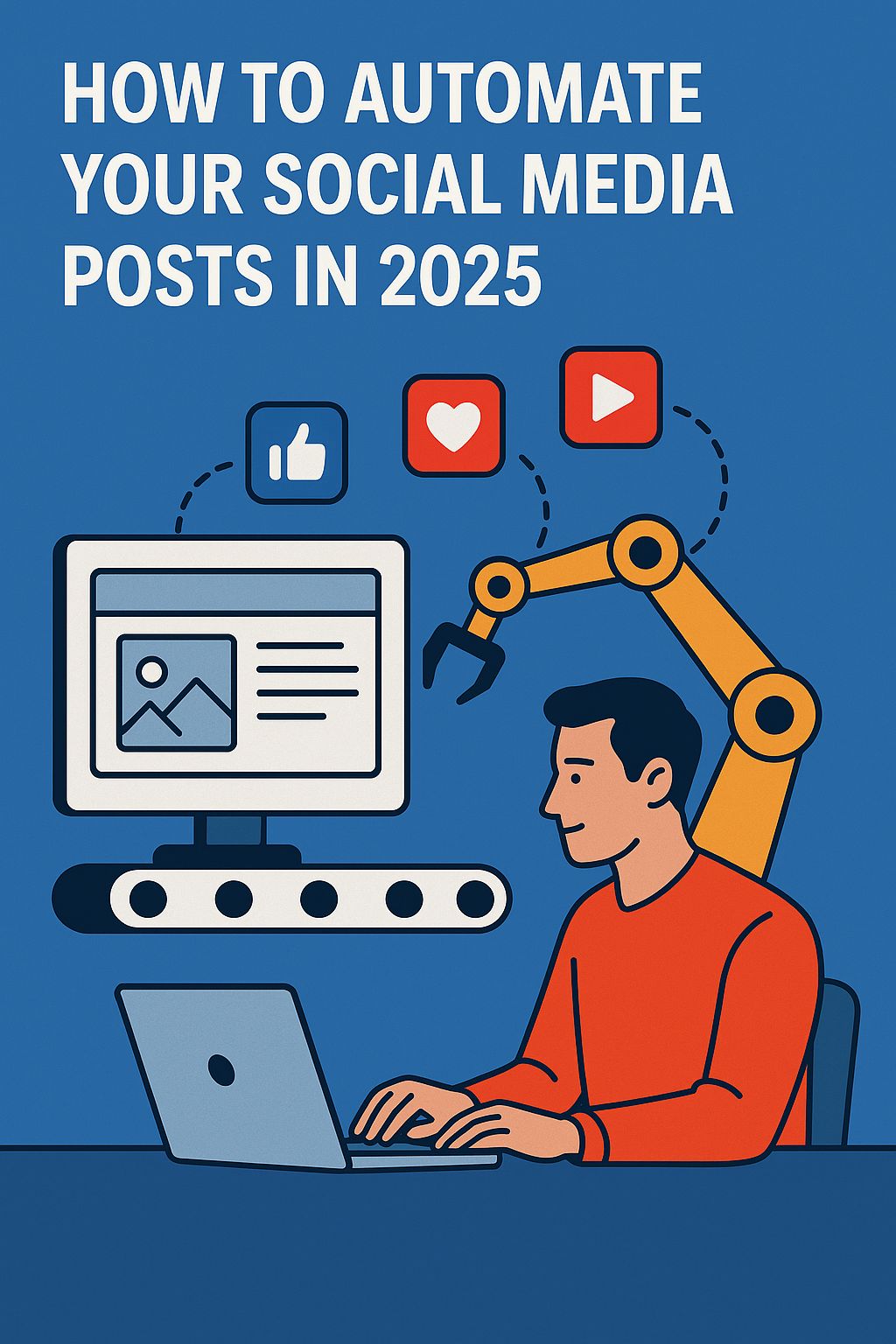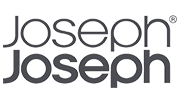In the ever-evolving realm of digital marketing, mastering the art of retargeting visitors with paid social ads is a crucial skill that can transform fleeting interest into lasting engagement. As a savvy marketer, you understand the importance of nurturing potential customers who have already shown a glimpse of interest in your offerings. This article will guide you through the strategic use of paid social ads to effectively retarget website visitors, ensuring you capitalize on their initial curiosity. By implementing these strategies, you can enhance your brand’s visibility, drive conversions, and ultimately, achieve a higher return on investment in your marketing efforts.
What Is Paid Social Media Advertising?
Understanding Paid Social Media Advertising
Paid social media advertising is a strategic approach whereby you purchase ad space on platforms like Facebook, Instagram, LinkedIn, TikTok, and Twitter to promote your brand or product to a targeted audience. This tactic allows you to bypass the platform’s algorithms, reaching a broader and more specific audience compared to organic posts. The key advantage of investing in paid social ads lies in its ability to increase visibility, enhance precision targeting, and deliver measurable results—making it a vital component of digital marketing strategies.
Benefits of Engaging in Paid Ads
Paid social ads offer numerous benefits, including targeted reach, which enables you to hone in on specific demographics, interests, and behaviors. These ads can serve varied marketing objectives, such as brand awareness, website traffic, lead generation, and conversion maximization. Additionally, by leveraging data analytics for insights into performance metrics—like impressions, clicks, and engagement—you can constantly refine your campaigns for optimal effectiveness. According to Digivate, these capabilities make paid social media advertising an indispensable tool for modern marketers.
Organic vs. Paid Social Media: What’s the Difference?
Understanding Organic Social Media
Organic social media consists of content shared freely across platforms, aiming to engage your current audience without incurring advertising costs. This method builds authentic relationships by showcasing your brand’s unique personality, fostering trust and community engagement among followers. However, it often struggles to reach a wider audience due to algorithm constraints and increased competition. Organic strategies are particularly effective for enhancing brand awareness and encouraging interaction with your content but can require significant time and effort to grow.
Leveraging Paid Social Media
In contrast, paid social media involves sponsorship or advertising to expose content to targeted audiences, allowing for a swift and measurable increase in visibility. This approach benefits businesses seeking rapid expansion or those aiming to reach specific demographics. Fundamentally, it offers detailed performance analytics and the ability to navigate algorithm changes effectively. However, it can be costly and may face challenges in maintaining authenticity. A hybrid strategy, utilizing the strengths of both organic and paid social media, often provides the most comprehensive approach to engaging diverse audiences and enhancing overall ROI as evidenced by these insights.
The Benefits of Paid Advertising on Social Media
Enhanced Targeting Capabilities
Paid social ads empower businesses with advanced targeting options. By leveraging data, you can tailor advertisements to specific demographics, interests, and online behaviors. This precision allows for greater engagement and conversion rates, ensuring your paid content reaches the most receptive audience sections. Platforms like Facebook and Instagram excel at enabling such targeted approaches, making it easier for brands to connect with their ideal customers effectively according to Digital Marketing Group.
Rapid Results and Increased Visibility
Using paid social ads can provide swift results, giving brands instant visibility and engagement opportunities. Unlike traditional marketing methods that take longer to gain traction, paid social advertising can generate immediate interactions, making it ideal for urgent campaigns like product launches or promotions as Aura Ads suggests. The immediate exposure cuts through the digital noise, allowing brands to boost their presence significantly.
Measure Performance and Optimize Strategies
The ability to track performance is another compelling benefit of paid social media advertising. Detailed analytics provide insights into campaign effectiveness, helping you assess the return on investment and make necessary strategy adjustments as highlighted in this article from Business.com. By analyzing data, businesses can hone their tactics, improving future advertising efforts and refining their approach to resonate with their audience.
Overall, incorporating paid social ads into your marketing strategy offers robust advantages, from targeted reach and quick results to insightful analytics and strategic enhancements. Leveraging these benefits efficiently can vastly improve your brand’s online presence and engagement rates.
How to Build a Paid Social Media Strategy (8 Easy Steps)
Step 1. Establish Clear Business Goals
The cornerstone of an effective paid social ads strategy is setting clear, measurable business goals. Consider objectives such as enhancing brand visibility, driving traffic to your website, or boosting sales conversions. Clearly defined goals guide every subsequent decision and ensure your efforts align with overarching business objectives. For instance, establishing focused goals allows for targeted ad content that resonates more powerfully with your audience.
Step 2. Understand Your Target Audience
Identifying your target audience is crucial for refining your paid social ads. Analyze demographic details, interests, values, and online behavior to tailor ads that directly appeal to them. Knowing your audience informs platform selection, ensuring efforts are concentrated where potential customers are most active. Effective audience understanding enables precise targeting and more personalized ad content, subsequently enhancing engagement rates.
Step 3. Choose the Right Platforms
Selecting the appropriate social media platforms is essential for reaching your intended audience efficiently. Each platform has unique demographic characteristics and ad capabilities. By aligning platform choice with your campaign’s goals and audience demographics, you maximize the impact of your paid social ads. Choosing the right platforms ensures that your strategies are effective and streamlined, avoiding wastage of resources on uninterested segments.
5 Platforms for Running Paid Social Campaigns
Meta (Facebook) and Instagram
Meta’s platforms, particularly Facebook and Instagram, remain central to any paid social ads strategy. Facebook Ads Manager offers comprehensive tools for targeting demographics, psychographics, and location-specific audiences. Instagram, with its visually driven interface, allows you to engage users through a blend of high-impact visuals and narrative storytelling. Both platforms provide robust analytics to fine-tune your ad performance and maximize reach, all while leveraging the extensive user base these platforms command as indicated by WebFX.
For B2B marketers, LinkedIn is indispensable. This platform enables precise targeting capabilities based on industry, job title, and company size, making it highly effective for reaching decision-makers. LinkedIn Ads are also well-suited for lead generation and event promotion, giving you a unique edge to connect with professionals within your sector according to insights from WebFX.
Twitter (X)
Twitter’s real-time nature makes it an excellent platform for creating paid social ads focused on immediate engagement. The ability to capitalize on trending topics or tap into specific follower lists allows for time-sensitive promotions and conversation-driven campaigns. This platform is ideal for brands wanting to position themselves at the forefront of industry discussions as suggested by the available sources.
Pinterest Ads offer a unique opportunity to capture users’ intent early in their buyer journey. With its highly visual format, Pinterest is perfect for brands in the lifestyle and e-commerce sectors looking to drive purchases. By targeting interests and visual cues, you can effectively reach consumers at the inspiration phase of their shopping process highlighted by WebFX.
TikTok
Leveraging TikTok Ads can be transformative for brands aiming to reach Gen Z and millennial audiences. Its format thrives on creativity and virality, encouraging brands to think outside traditional ad structures. Whether through challenges, hashtag promotions, or influencer collaborations, TikTok provides dynamic ad solutions that foster high engagement and connection as recommended in discussions from Reddit.
Each of these platforms offers distinct benefits, catering to different audience segments and marketing objectives. By leveraging their unique capabilities, you can craft a compelling, multifaceted approach to your paid social ads strategy.
Are Paid Social Media Ads Worth It?
Cost and Efficiency
One of the central benefits of using paid social ads for retargeting is their cost-efficiency. Retargeting ads typically have lower cost-per-click (CPC) given that they are targeted to an audience already familiar with your brand. This familiarity enhances the chances of conversion, making retargeting a cost-effective option compared to traditional advertising. For example, data suggests that the cost per click for Facebook retargeting can be as low as $0.50, depending on your industry and competition.
Boosting Conversions and Engagement
Paid social ads are instrumental in re-engaging website visitors who left without converting. By serving strategically tailored ads to these potential customers, businesses can significantly boost their conversion rates. Retargeting helps cultivate a sense of familiarity and trust — key factors in driving purchasing decisions. This process is highly effective in ecommerce, where capturing potential customers’ attention at multiple points in their customer journey can dramatically enhance conversion rates and reduce cart abandonment.
Personalized Customer Experience
Employing retargeting strategies enables businesses to deliver highly relevant ads to targeted user segments. These segments can be created using data on user behavior and interests. By doing so, companies can craft a personalized advertising experience that resonates with individual customer needs. Using retargeting strategies, businesses can tailor ad messaging, which heightens relevancy and encourages previously uninterested visitors to re-engage, leading to increased repeat purchases and overall improved brand loyalty.










